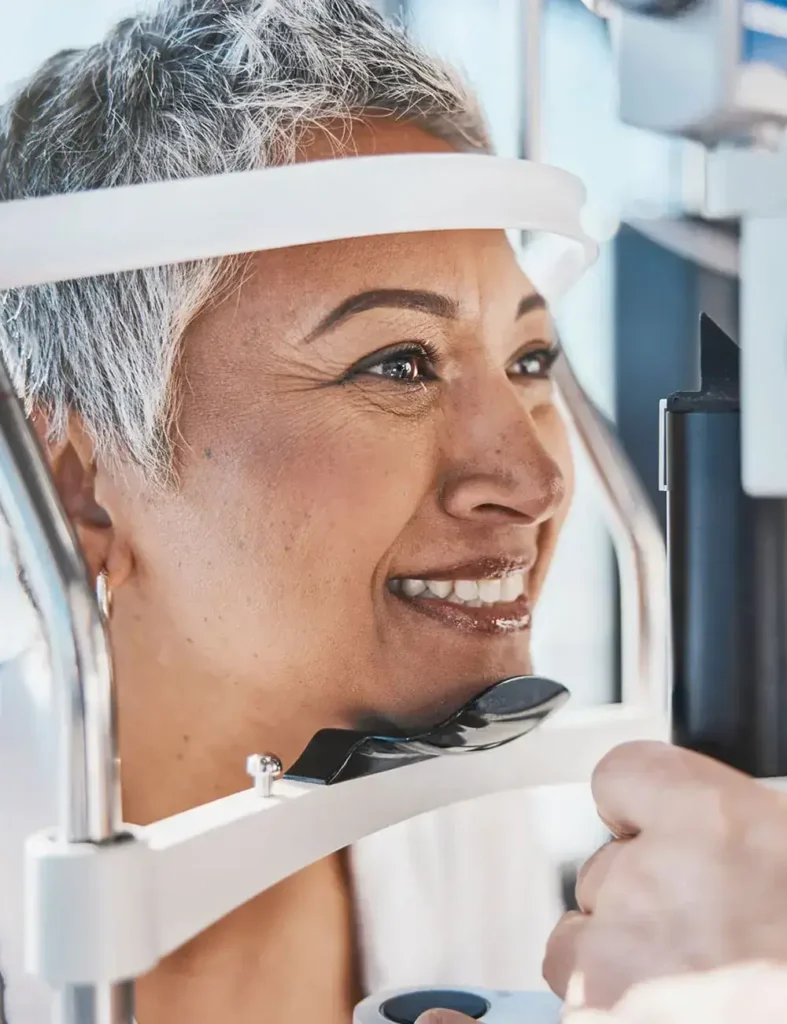Only those with problems involving the eye surface in particular those patients who have Limbal stem cell deficiency. These include those who have had chemical (acid or alkaline), thermal injuries or Stevens Johnsons Syndrome, which have resulted in damage to the limbus. There are also a group of patients who have congenital deficiency of stem cells, including those with Aniridia and ectodermal dysplasia. Who cannot be treated by ex-vivo stem cell transplantation? Eye problems that do not involve the eye surface and cornea.
Examples of conditions that CANNOT be treated include:
Age related macular degeneration
Retinitis pigmentosa
Glaucoma
Optic neuritis and other problems of the optic nerve
Severe eye injuries involving the retina (back of the eye)
Keratoconus
Fuchs corneal dystrophy





